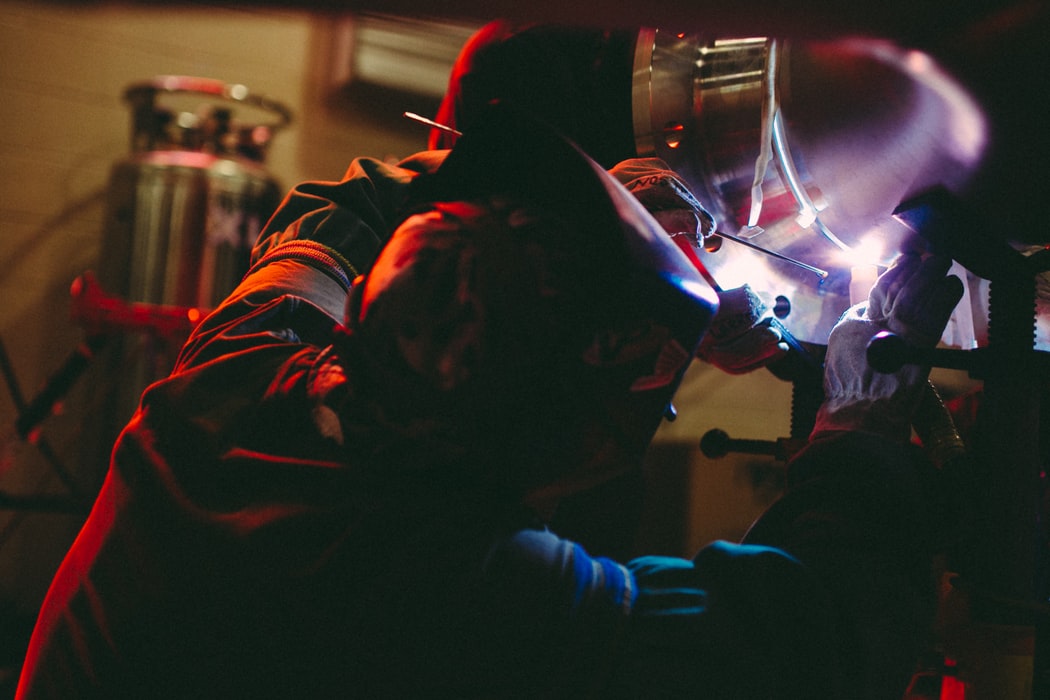
Metal Fabrication is a broad term referring to any process in which a metal product is cut, formed, and formed into a final product. The manufacturing process creates a finished product from raw or semi-finished materials rather than assembling the finished product from a finished ingredient. For example, panels with car frames are typically made with a specialized metal fabrication process that takes place at the factory and then sent to a vehicle installation. However, the process is complex and varied. There are several types of metal production including: –
Cutting
Most metal fabrication service processes involve cutting where the metal parts are split into half, thirds, or smaller parts. Modern techniques, including laser cutting, waterproof cutting, electric scissors and plasma arc cutting and sawing, are the oldest cutting methods. The cut metal is re-produced in many applications, and especially has to be shaped. Finished metal such as bars and panels must be sent for cutting.
Casting
One type of ancient metal production is casting in which molten metal is poured into a mold and hardened into a certain shape to give the desired shape to cool and harden. Casting is one of the most flexible methods of metalworking and is ideal for a wide range of complex shapes. There are different types of castings. Casting occurs when the liquid metal is forced into a mold, not a mold, and remains stationary by pressure until it hardens. Sometimes casting solves a production problem, otherwise, other methods such as folding, cutting and stamping will be needed to solve the problem. Steel, iron, gold, copper, silver and magnesium are the most commonly used metals in this guide.
Machining
In Malaysia, the forging process involves machining fabrication by removing unwanted materials. This can be done in a number of ways. Machining processes such as drilling, turning and milling
A rotary cutting tool and a drill are used to cut material into the hole.
Turning is used to remove parts from metal parts. Usually this process is done on a machine where the metal is rotated with a tool that cuts corners and edges to cut parts to the desired shape or size.
For gradual removal of material from the workpiece, milling is performed using a rotating multi-point cutting tool to achieve the desired shape.
Conclude
Selecting a specific manufacturer for the production of the metal that best meets the needs of the project is an important choice that affects the level of production, quality and cost effectiveness of the plant. This guide provides an overview of the different manufacturing methods and opinions of the manufacturers’ alternatives. For more information on related services, to find possible resources or to view information on specific products, see Other Applications and Services from General System Engineering Sdn Bhd, top engineering company in Malaysia.
